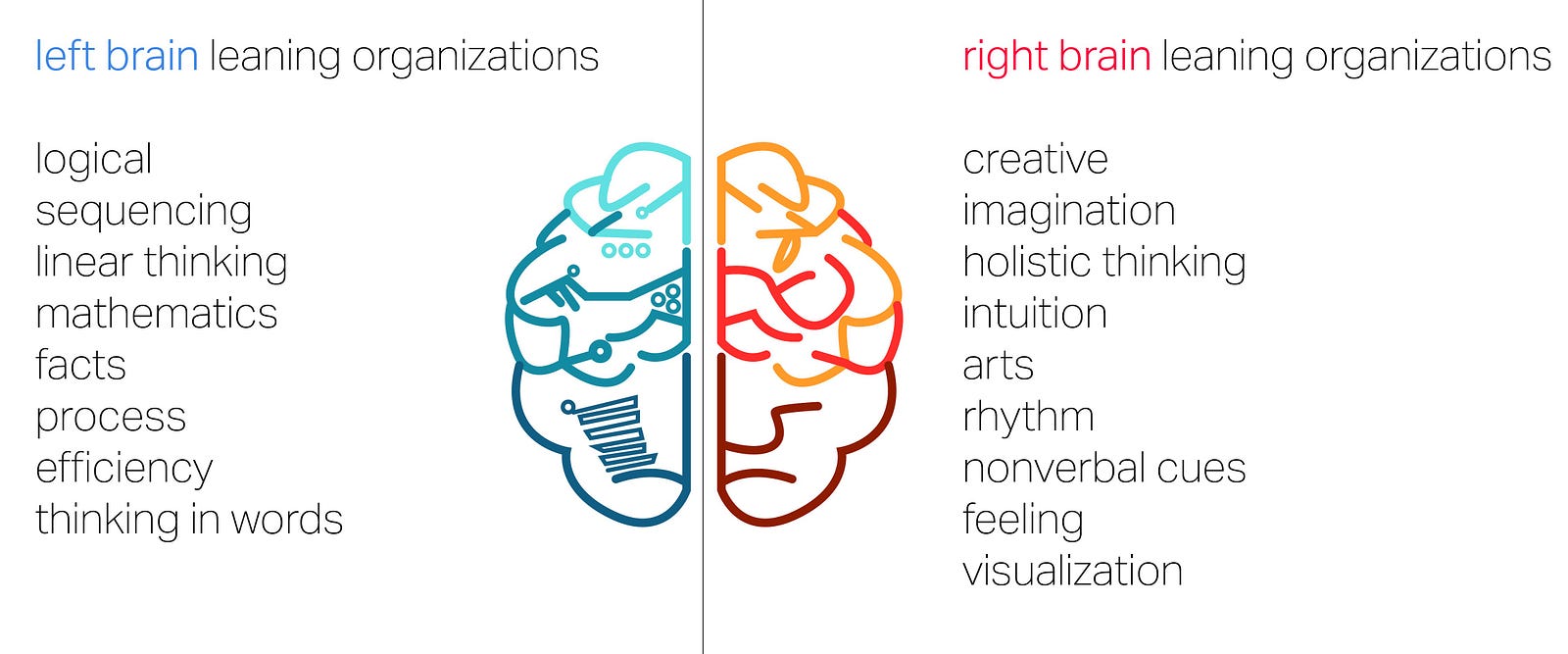Innovation is a problem of FLOW, not lack of ideas
Innovation is a problem of FLOW, not lack of ideas
In January 2018, I decided to start my own innovation consulting practice, Khoj Lab. As I looked back at my experience in the last 10 years, a key lesson was for innovation to be successful one needs to look beyond an idea or a design. It’s important not just to have the right idea but also to synchronize it with all your stakeholders as it evolves. This cannot be accidental. It must be managed.
The world is changing faster than ever — there was a time when corporations had to be convinced that innovation is important. Today, every corporation has some form of innovation, either outsourced or in-house. Why then do organizations still feel that they are not being innovative enough? What’s the problem?
While working at Herman Miller for over 5 years, I observed closely an organization with a legacy of human-centered thinking. Herman Miller is considered by many as an industry leader in innovation practices. The key message came from designers in the late 50s who advocated design for purpose and design as response to social change. Over the decades, this message became extremely important to the organization. Herman Miller thrives on bringing fresh thinking from designers, both new and experienced, from all around the world. This helps them think different and try things that they never would have tried. Here I found success by bringing the user voice to the front of the stage, by mapping new scenarios and ideas into strategic frameworks for implementation by the executive leadership.
After Herman Miller, I moved to GE Transportation Digital. GE is a company filled with some of the smartest people I have known, with disciplinary expertise in finance, management, and operations and a ‘just do it’ attitude. Six Sigma, Agile, Lean, Kanbaan, and other efficiency frameworks were key messages embodied in the system. During my time I was fortunate to be part of an innovation integration effort at GET Digital. Unlike Herman Miller, GE is a B2B business built on foundations of operational and technology efficiency. This meant that many business leaders were first trying to understand what innovation meant to their businesses. Here I found success by reframing the problems, by mapping customer voice to organizational structures, and showing business leaders how ideas could move through this structure all the way to their customers.

With these two extremely different experiences I saw the two sides of the same coin. Organizations strong in right-brain thinking- imagination, holistic thinking, intuition, arts, rhythm, nonverbal cues, feeling, visualization, daydreaming — they understand ideation but in most cases are lacking in operational implementation strategies. On the other hand, organizations that are strong in left-brain thinking- logic, sequencing, linear thinking, mathematics, facts, process, efficiency, thinking in words — have great implementation strategies but need better ways to structure initial parts of the innovation process.
I find that companies struggling to commercialize new ideas are facing one of these two issues. Either there is a disconnect between ideation/research and overall company strategy or they are missing human-centered research to support the entire process of innovation. There is either over-emphasis on coming up with the idea or over-emphasis on implementing an innovation culture without understanding all the necessary front-end that makes it happen. This leads to inefficient operational flows and innovation bottlenecks. This is when innovation fails…most often because there is a lack of buy-in from middle management who ultimately do not understand why they should adopt this new idea or how it affects them.
At the end of the day, such bottlenecks are a tremendous strain on the company because they lead to waste of resources and effort. Unlike efficient industrial processes, the innovation process is seldom mapped or even managed properly. So what is the problem? The problem is that design thinking romances and structures the ideation stage but little to no thought is put into how an idea moves through the organization.

The key takeaway here is that innovation failure is not a result of lack of ideas nor is it a problem of lack of effort. It is problem of a lack of understanding by innovation leaders of how an idea flows through the organizational structure. This can be solved by mapping this flow even before starting the ideation process. Understanding needs and aspirations of each stakeholder in the flow — everyone from executive leadership to business leaders to middle management to customers.
Here are five broad insights to consider if you are responsible for understanding innovation flow at your organization:
INSIGHT 1: Innovation is not ideation.
INSIGHT 2: Innovation goes beyond New Product Development (NPD).
INSIGHT 3: Combining lean startup with design thinking approaches reduces business risk. Not one or the other but both.
INSIGHT 4: An appetite for risk and experimentation includes being comfortable with ambiguity and reframing.
INSIGHT 5: Focus on eliminating the seven wastes in the innovation process.
Over the next few weeks, I will unpack these five insights using my experiences across both sides of the coin. Please follow my stories on Medium. Feel free to leave comments below or email me directly at shilpi.kumar@khojlab.com to further the dialogue.

/image%2F3364270%2F20190508%2Fob_00fb98_40.gif)


/https%3A%2F%2Fgame-tool.rocks%2Fimg%2Fh3.png)
